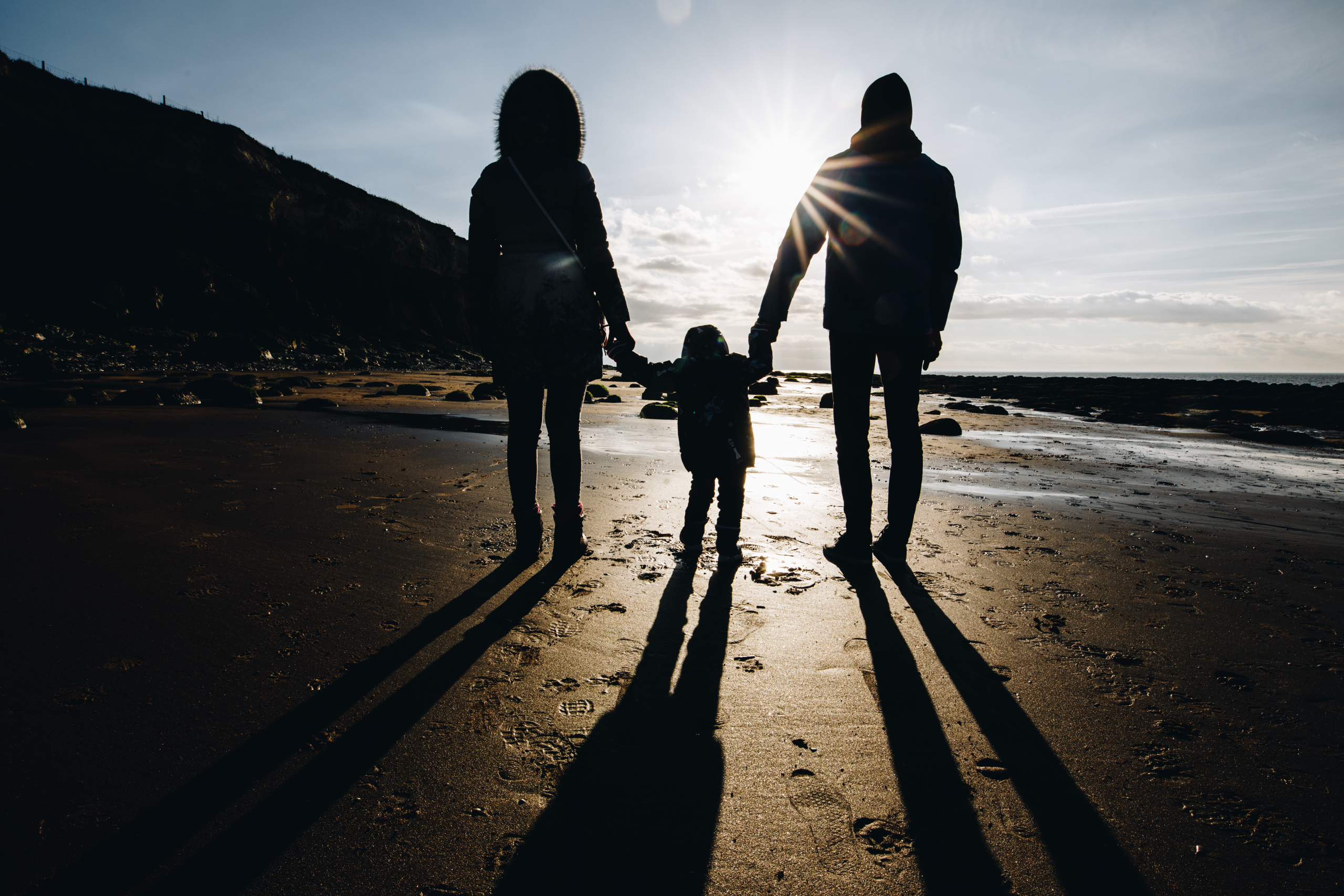Where to Give Your Child Up for Adoption: A Comprehensive Guide
Before delving into the adoption process, it’s crucial to understand the impact of language. The phrase “give your child up for adoption” can carry negative connotations, implying abandonment or lack of care. Instead, we encourage using phrases like “place your child for adoption” or “make an adoption plan.” These alternatives convey the thoughtful decision-making and love behind the choice to pursue adoption. By embracing positive adoption language, we honor the agency and compassion inherent in the adoption journey.
Where to Give Your Child Up for Adoption: A Comprehensive Guide
Having a child is a significant event, but life doesn’t always unfold as expected. It’s perfectly understandable if you find yourself considering adoption. You’re not alone in this journey. Let’s explore your options and what information might be helpful for you.
Starting the Adoption Process Before the Delivery
Some parents start thinking about adoption before the baby arrives. It gives you time to think things through. First, find a good adoption agency like the Gladney Center for Adoption. They’re experts at helping expectant parents considering adoption and birth parents. They’ll help you make a plan that works for you and your baby.
The Gladney Center for Adoption
The Gladney Center for Adoption is a trusted resource for parents considering adoption. They provide compassionate support and guidance throughout the process, ensuring that parents feel empowered and informed. With their expertise and dedication, Gladney helps you navigate the complexities of adoption with confidence.
From emotional support to practical assistance, Gladney prioritizes the well-being and needs of birth parents. Gladney’s personalized approach ensures that parents receive the care and resources necessary to make informed decisions and create an adoption plan that aligns with their wishes.
After the adoption process is complete, Gladney continues to offer support to birth parents. Their post-adoption services include counseling and resources to help birth parents cope with emotions and adjust to life after adoption. Whether through support groups or individual counseling sessions, Gladney remains committed to assisting birth parents as they navigate their post-adoption journey.
Placing a Baby for Adoption After the Delivery
Maybe your baby is already here, and you’re thinking about adoption. That’s okay too! It’s never too late to make this decision. Agencies like Gladney can help you find a loving family for your child. They’ll take care of the legal process and support you through it all.
The Gladney Center for Adoption typically works with parents who are considering placing infants or young children for adoption. Their services are primarily geared towards newborns and younger children. However, they may still offer guidance and support to birth parents with older children on a case-by-case basis. It’s best to reach out to Gladney directly to discuss individual circumstances and explore available options for placing a child for adoption.
Placing an Older Child for Adoption
If your child is older, adoption might still be an option. If your child is too old to be placed for adoption through an agency, there are still options available, although they may differ from traditional adoption processes.
One option is to explore kinship care, where a relative or close family friend assumes custody of the child. In some cases, legal guardianship or custody arrangements may be pursued to ensure the child’s well-being and stability. Additionally, seeking support from local social services or community organizations can provide resources and assistance tailored to your specific situation. It’s essential to reach out to professionals and explore all available options to determine the best course of action for your child’s future.
Baby Moses Laws and Locations
In the U.S., there are laws to help parents safely give up newborns they can’t care for. These laws are often called “Baby Moses” laws. They let parents anonymously leave their baby at safe places like hospitals or fire stations. Make sure you research the rules in your state.
Baby Moses laws, also known as safe haven laws, provide a legal framework for parents to safely relinquish newborn infants at designated locations without fear of prosecution. These locations, often referred to as “safe haven” sites, are typically found at fire stations, hospitals, or other healthcare facilities. The primary aim of these laws is to prevent instances of infant abandonment and ensure the safety and well-being of newborns.
Safe haven boxes are secure, climate-controlled compartments located at designated safe haven sites. These boxes provide a safe and anonymous way for parents to surrender their newborn babies. When a baby is placed inside the box, sensors notify staff at the facility, prompting them to retrieve the infant promptly. Once retrieved, the baby receives immediate medical attention and is placed in the care of child protective services.
Safe haven laws offer a lifeline to parents who find themselves unable to care for their newborns, providing a legal and safe alternative to abandonment. By offering a confidential and anonymous option, these laws aim to encourage parents to make the responsible choice for their child’s well-being. However, it’s important to note that choosing this route may limit the opportunities for future contact or reunion between birth parents and their child. While the primary focus is on ensuring the baby’s safety, the decision to surrender a child through a safe haven site may result in a closed adoption process, making it less likely for birth parents to establish an ongoing relationship with the child or adoptive family. Nonetheless, safe haven laws serve as a crucial safety net, protecting vulnerable newborns and providing them with the opportunity for a stable and loving future.
Where to Give Your Child Up for Adoption: A Comprehensive Guide
The Benefit of Working with an Adoption Agency
- Free lifelong counseling services: The Gladney Center for Adoption offers emotional support and counseling to birth parents throughout their lifetime, helping them cope with the challenges of adoption and providing guidance as needed.
- Financial assistance throughout the pregnancy: Birth parents may be eligible for financial assistance to cover expenses related to prenatal care, medical bills, and other pregnancy-related costs, easing financial burdens during this time.
- Opportunity to choose adoptive parents: The Gladney Center empowers birth parents to select the adoptive family for their child, allowing them to make a decision based on their preferences, values, and wishes for their child’s future.
- Option for an open adoption: The Gladney Center supports birth parents in arranging open adoptions, where they maintain contact and communication with the adoptive family and child. This can include visits, letters, photos, and other forms of ongoing interaction, allowing birth parents to stay connected with their child as they grow.
- Legal guidance and support: The Gladney Center provides assistance with navigating the legal aspects of adoption, ensuring that birth parents understand their rights and responsibilities throughout the process.
- Post-adoption support: After the adoption is finalized, The Gladney Center continues to offer support to birth parents, including counseling, resources, and assistance with processing emotions and adjusting to life after adoption.
- Access to educational resources: The Gladney Center provides birth parents with access to educational materials and workshops on various topics related to adoption, parenting, and personal development, empowering them to make informed decisions and navigate their adoption journey with confidence.
- Confidential adoption planning: The Gladney Center for Adoption respects the privacy and confidentiality of birth parents throughout the adoption process. They understand the importance of maintaining discretion and offer birth parents the option to keep their adoption plan as confidential as they prefer. Whether birth parents choose to share information with select individuals or keep their decision private, Gladney ensures that their wishes are respected without judgment or pressure.
FAQ Section:
- Can I choose the adoptive family for my child? Yes! With an adoption agency’s help, you get to pick the family that feels right for you and your child.
- Will I have any contact with my child after the adoption? It depends. Open adoptions allow for different levels of contact between birth parents and the adoptive family. You can decide what works best for everyone.
- How long does the adoption process take? Every adoption is different. It can take some time, depending on the rules and finding the right match.
- Will I receive financial assistance during the adoption process? You might be eligible for help with medical bills and counseling. The rules vary by state and situation.
- What rights do birth parents have during the adoption process? You have the right to make decisions about the adoption plan, like choosing the adoptive family and deciding on contact after the adoption.
Remember, you’re not alone on this journey. If you have questions or need help, reach out to the Adoption.com team. They’re here to support you, with no pressure or bias. Just visit Adoption.com/support to get started. We’re here for you every step of the way!
Where to Give Your Child Up for Adoption: A Comprehensive Guide






